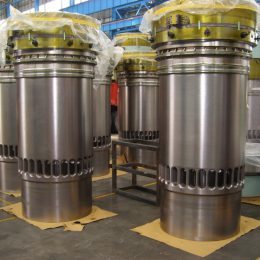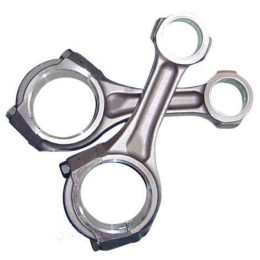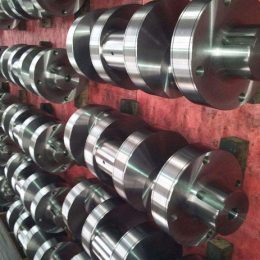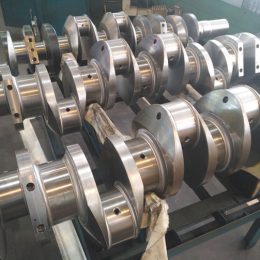Crankshaft Types, Functions, and Examples: A Complete Guide
The crankshaft is an essential component of an internal combustion engine that converts reciprocating motion into rotational motion. It is responsible for converting the linear motion of the pistons into rotational motion that drives the wheels. In this article, we will take a deep dive into crankshaft types, functions, and examples, helping you understand how these components work and their different types.
Introduction
Before we dive into the specifics of crankshaft types and functions, let us first understand what a crankshaft is and how it functions in an internal combustion engine. The crankshaft is a long, cylindrical component that connects the pistons to the transmission system, converting the linear motion of the pistons into rotational motion that drives the wheels. It is responsible for delivering the power generated by the engine to the transmission system, which in turn drives the wheels.
Crankshaft Types
There are four primary types of crankshafts: single-plane, cross-plane, flat-plane, and hybrid.
Single-plane crankshaft: The single-plane crankshaft is the most basic type of crankshaft, consisting of a single throw per crankpin. It is commonly used in four-cylinder engines and generates a regular firing order.
Cross-plane crankshaft: The cross-plane crankshaft is the most common type of crankshaft used in V8 engines. It consists of two throws per crankpin, offset by 90 degrees. The cross-plane crankshaft generates an uneven firing order, producing a unique exhaust note.
Flat-Plane Crankshafts: Flat-plane crankshafts are used in engines with an odd number of cylinders, such as V6 and inline-four engines. They have all the throws on one plane, which means that the pistons move in pairs. This type of crankshaft is lighter and more balanced than other types, but it produces more vibration.
Functions of Crankshafts
The primary function of a crankshaft is to convert the linear motion of the pistons into rotational motion. This rotational motion is used to drive the engine’s other components, such as the transmission and the wheels. Crankshafts also have counterweights that balance the engine’s internal forces and reduce vibration. They also have bearings that support the crankshaft and ensure its smooth operation.
Examples of Crankshaft Applications
Crankshafts are used in various types of engines, including petrol engines, diesel engines, and internal combustion engines. They are also used in other applications such as compressors, generators, and pumps. Some examples of crankshaft applications include car engines, motorcycle engines, boat engines, and airplane engines.
Conclusion
Crankshafts are an essential component of an engine that converts the linear motion of the pistons into rotational motion. They come in various types depending on the engine’s design and the number of cylinders. The primary function of a crankshaft is to convert the linear motion of the pistons into rotational motion and balance the engine’s internal forces. Crankshafts are used in various applications, including car engines, motorcycle engines, boat engines, and airplane engines. Understanding the different types of crankshafts and their functions is essential for anyone interested in engines and their operation.











